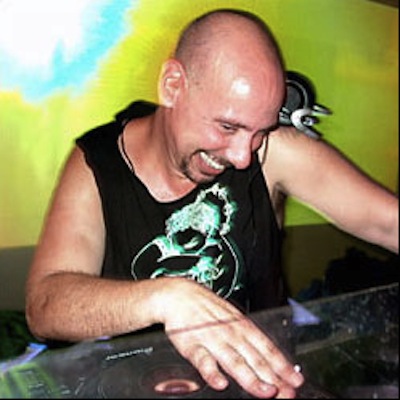A true pioneer of the art of DJing, Nicky Siano started young and burned brightly. His party, the Gallery, along with David Mancuso’s the Loft, set a template for what an underground dance music party could be. Created in a Manhattan loft space, the Gallery was an environment designed and built by Nicky and his brother Joe, an architectural engineer. It was there that Nicky pioneered beat-matching, blending and EQing to create new levels of sonic drama, and he did it on three Thorens turntables and a Bozak mixer (that means no backspinning and limited pitch control). He started going out at an early age and was by his own admission a “music fiend.”
“I was listening to Montavani,” recalls Nicky. “He was this composer and orchestra leader [who] had very lush arrangements. I was obsessed by his palette of sounds. I was also getting schooled by my brothers in the world of rock music. Laura Nyro’s compositions became a big deal for me.”
Nicky got his first major gig at a club in midtown called the Roundtable, where he would often DJ five to seven nights a week. [Read More]


